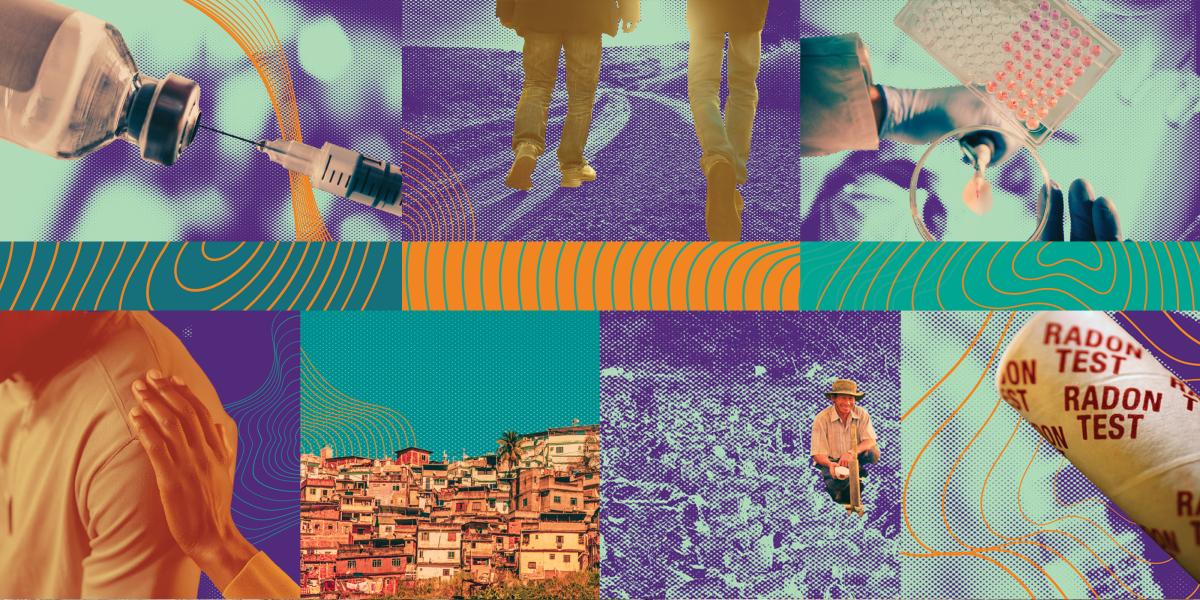The Science and Soul of Public Health
Seven stories centered on moments small and big from journeys in lifesaving.
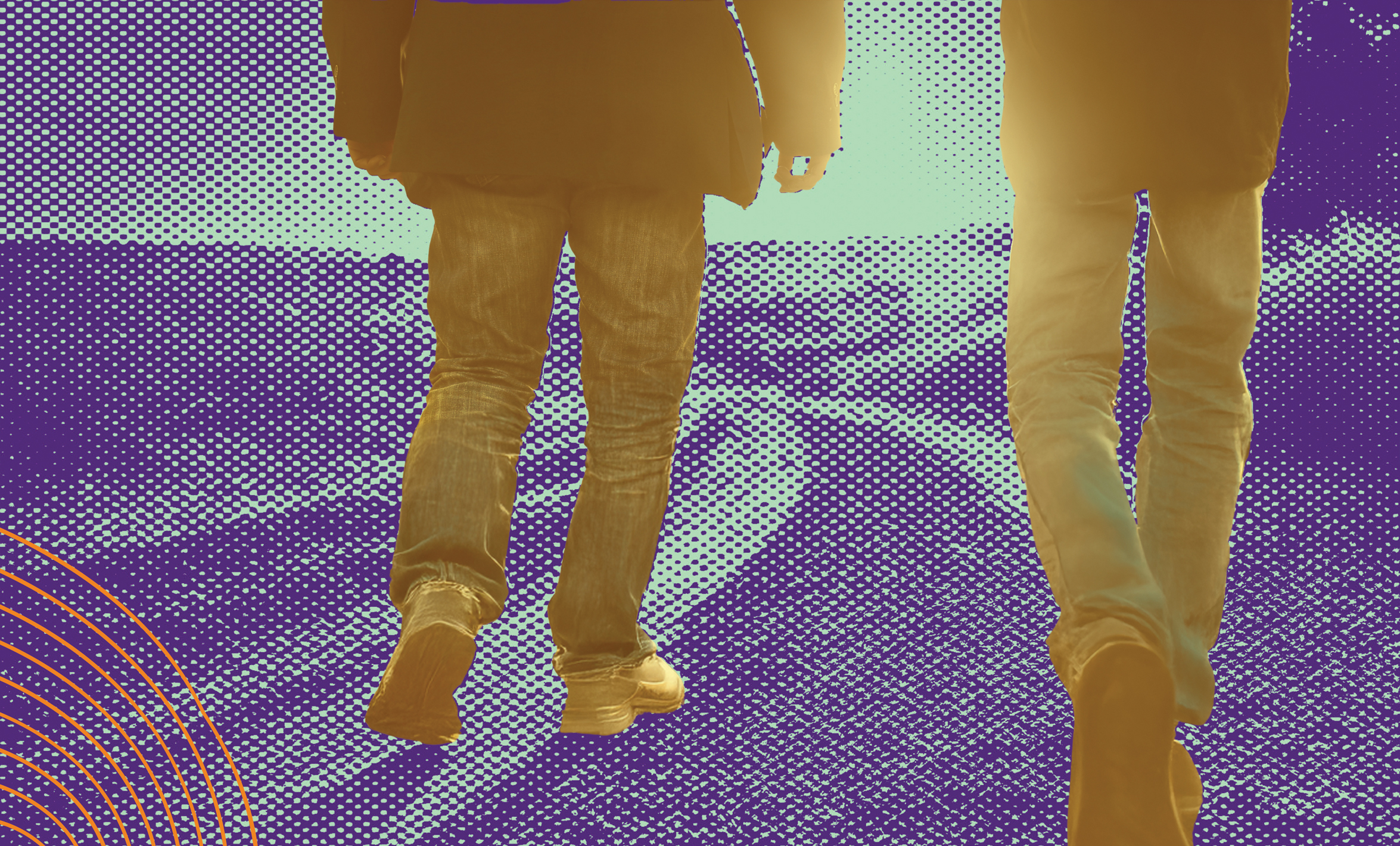
Walking With My Diné Relatives
Sunday mornings meant going to the Catholic church in our rural Diné (Navajo) community. When I was 13, I needed to arrive an hour and a half early for my confirmation classes. So I walked a mile or so down the dirt road to the church.
Three or four members of our community would often join me. They were what some Navajos refer to as “glonnies” or “the ones who drink.” They traversed the high desert landscape searching for an escape from their reality.
Although they weren’t blood relatives, I thought of them as my Diné relatives—my uncles and my grandpas. Sometimes, they walked in silence. Sometimes, they shared stories.
I enjoyed my walks with them and never felt like it was weird or unusual. But in college, when I took a community health class on adverse childhood experiences, I realized how some might have viewed this as abnormal. Tribal community members face many things every day that are considered abnormal like substance use or the lack of water and electricity—lingering effects of inequalities and disparities we face as Indigenous people.
However, I’ve learned it’s important to shift the negative connotations associated with poverty, substance use disorder, and mental health issues. We need to find strength-based approaches—like our culture, language, and traditional knowledge—and highlight the good that can come from doing so.
I often reminisce about those walks and the peaceful moments engaging with my community, which is too often forgotten in the modern-day U.S.
This experience is one reason why I dedicated my life to public health, to my community, and to shifting perspectives.
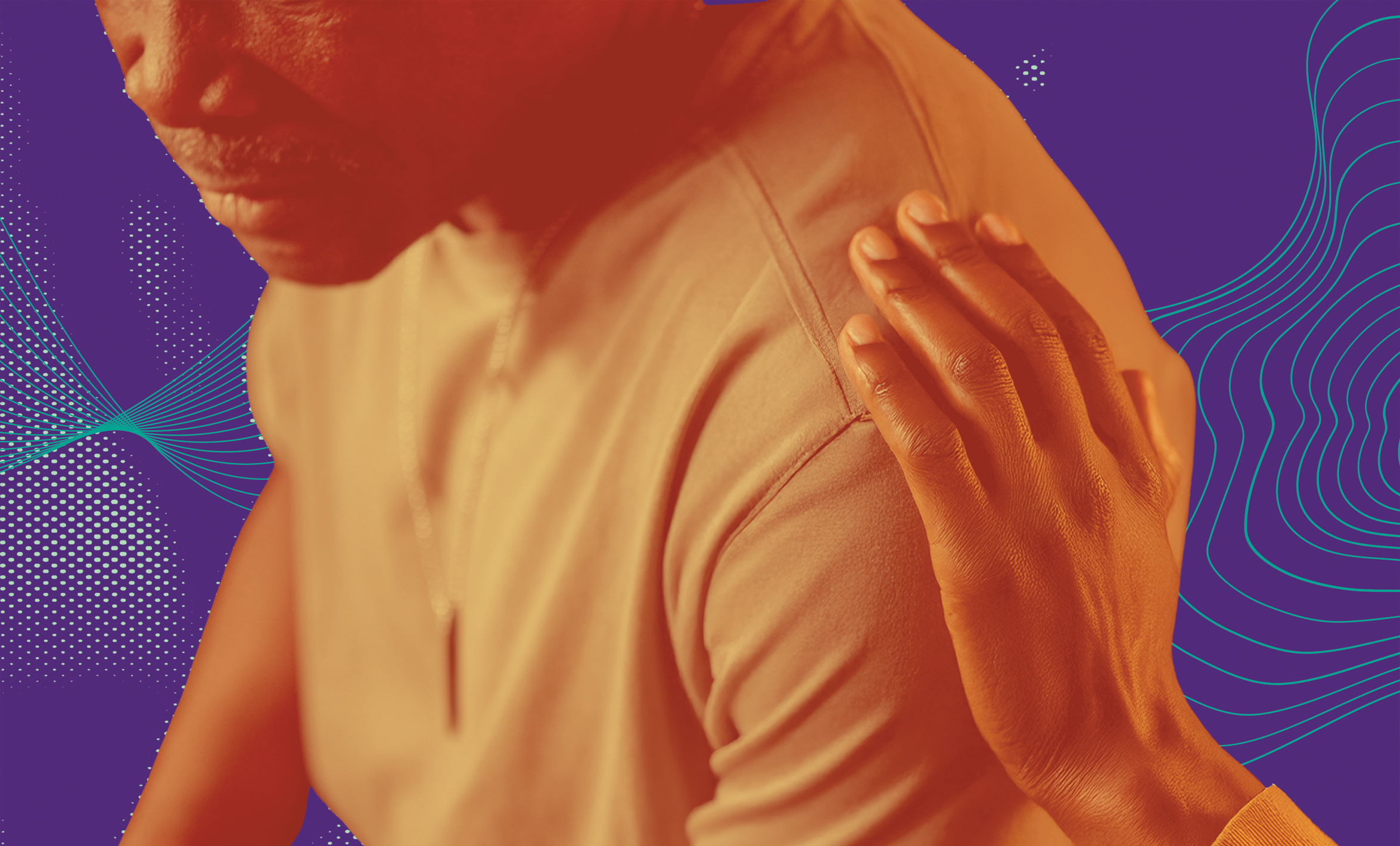
Between Suffering and Hope
I didn’t choose addiction medicine—it chose me.
As a junior medical officer in an inpatient facility in Lagos, Nigeria, I watched patients endure two agonies: withdrawal, and a system that punished them for it. They were often seen as “addicts,” not people.
One patient, trembling from opioid withdrawal, begged for pain relief; a colleague dismissed him: “No need swapping one addiction for another.” Clinicians preached abstinence, as if willpower alone could rewire brains.
Biology doesn’t work that way. Patients relapse not from weakness but because treatments ignore the science of addiction—how substances hijack brain chemistry and cravings overpower control.
Today, as a pioneering addiction physician in West Africa, I advocate for systems where science overrules stigma, by recommending policies that improve medication access, and training providers to replace judgment with evidence. Where clinicians provide medications when appropriate, offer trauma-informed care, and view relapses and slips as flawed plans, not personal failures. Where nurses ask, “What pain are you feeling?” instead of “Why can’t you quit?”
Yet, some moments defy the daily grind. Like when a former patient, now a peer counselor, handed me a photo: He was performing his fatherly duties at his daughter’s wedding. “You saw me as a person,” he said.
Or the mother hugging me outside the clinic, whispering, “Thank you for believing in my son.”
This work rebuilds dignity, brick by brick, for patients told they’re unworthy of care. It stands in the gap between suffering and hope, ensuring they never walk this road alone.
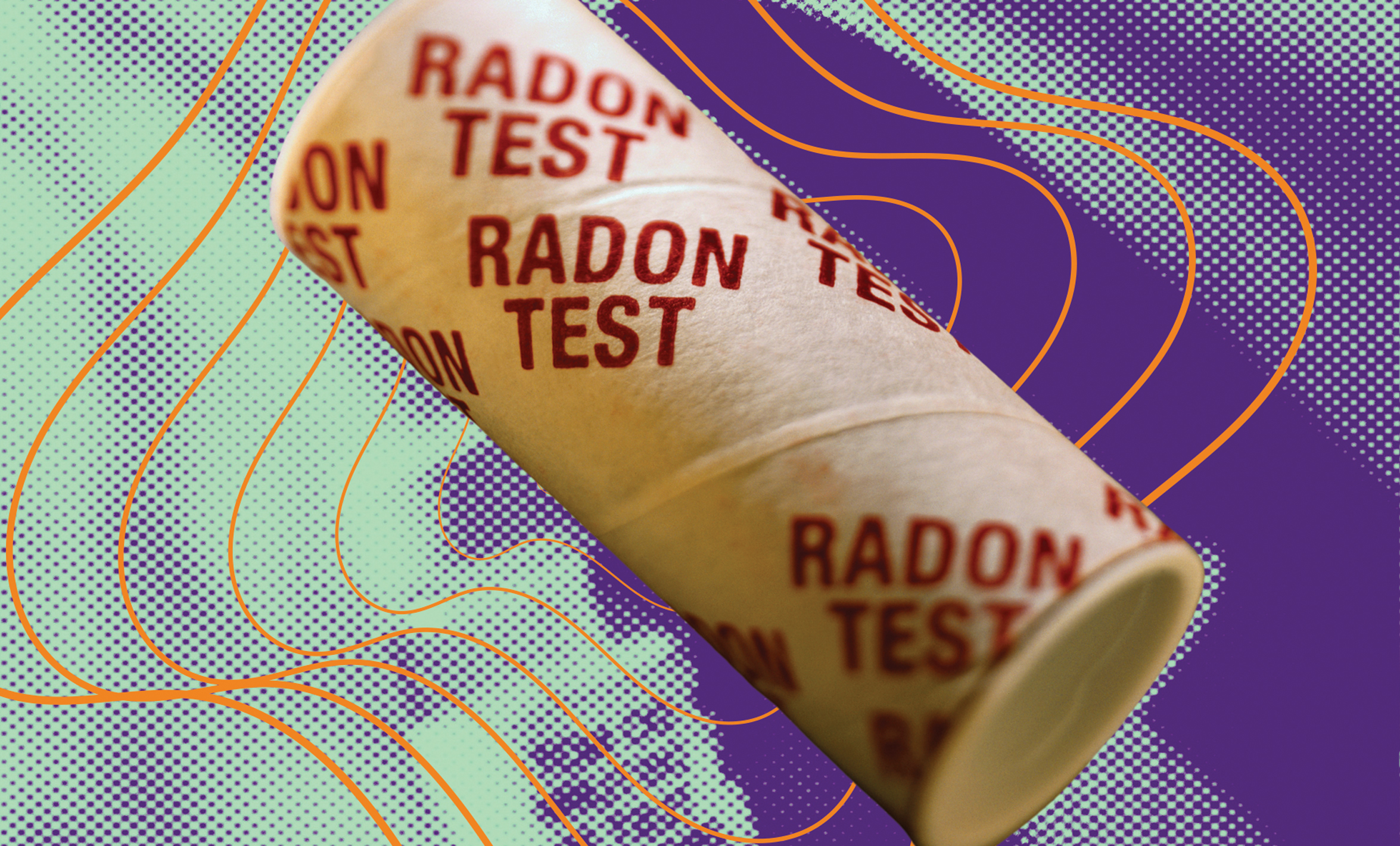
The Ripple Effect
I joined a volunteer effort about 10 years ago to distribute free radon test kits and brochures in a suburban community in California known for its older homes. Our team, connected through local health department initiatives, was motivated by a shared desire to address this public health issue proactively.
We weren’t doctors or nurses—we just had a passion for prevention.
We encouraged residents to test their basements for radon, an invisible, odorless radioactive gas that can pose a serious lung cancer risk over time.
One afternoon, we knocked on a door and found a father juggling two young kids, looking thoroughly exhausted. At first, he was skeptical, but he agreed to give it a try.
A week later, he called to say his basement’s radon levels were significantly above recommended limits. He sounded anxious but also grateful to have caught the problem. He contacted a radon mitigation expert and installed a simple network of pipes with a fan system that vented radon gas outside the home.
The transformation was tangible. He urged his neighbors to test as well. Within a few weeks, several more families discovered elevated radon levels in their homes, prompting a ripple effect of education and prevention.
That experience drove home for me the power of community-based public health. We weren’t offering medical treatment or high-tech interventions—just information and practical tools.
But in doing so, we helped people take charge of their own health and inspired a sense of collective responsibility that reached beyond one home’s basement.

When Meningitis Stopped
When I trained as an infectious disease doctor from 1988 to 1992, I used to cover pediatrics at Montefiore Hospital and Jacobi Hospital in the Bronx. Every week, we would have a baby or a young child—most were under 2—come in with Haemophilus influenzae type B.
And it was horrible. I mean, these were well babies, well kids, who would develop meningitis. One third of those children died. One third of those children had developmental problems like impaired cognition or loss of hearing or vision, resulting from meningitis. And one third recovered without any problems.
A Hib vaccine was introduced in the early ’90s, and I never saw another case again.
Think about it. That disease doesn’t happen anymore in vaccinated kids.
There are a lot of misconceptions about vaccines. This stuff is hard—even I have to look things up. So, it's not surprising that the general population may not have a full understanding of how vaccines work. But the one thing I would say is that vaccines are incredibly safe. They’ve all been tested. They save lives.
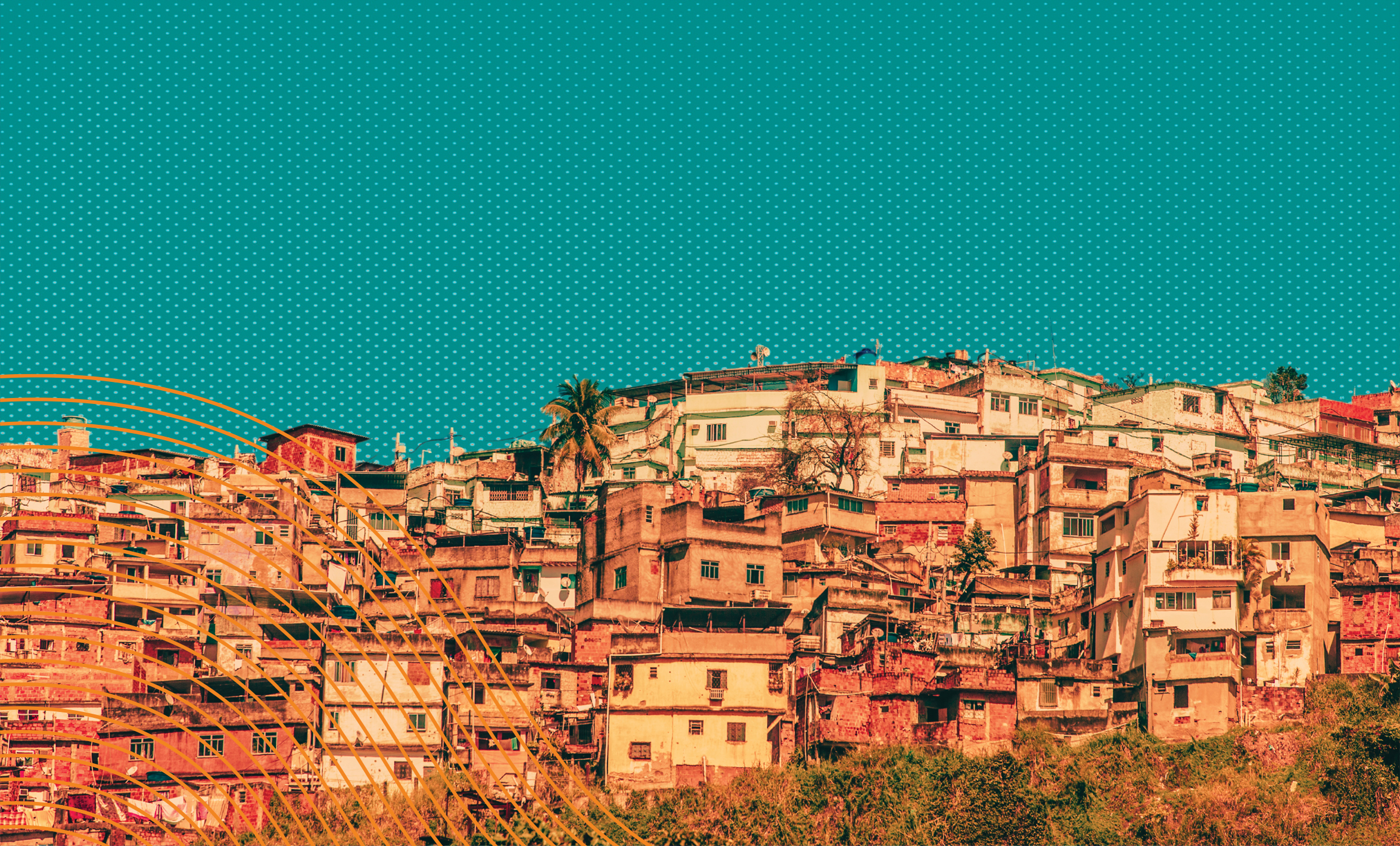
Dreams From a Favela
My grandmother Matrona Lepka died when she was 53. She had a stroke. She was a cobradora—she sold tickets to people on a city bus in São Paulo. She had hypertension, but she didn’t take her medications because they were diuretics, and she couldn’t leave the bus often to use the bathroom.
So what killed her was not the hypertension. It was the poverty. It was the social condition.
My grandmother, my mother, and I grew up in Diadema, one of the most violent cities in Brazil. But I had an incredible family that dreamed my dreams with me. I was the first of the family to become a doctor. Maybe I realized their dreams.
When I did an internship in community medicine, we went to the favelas, and for me, it was completely normal. I was born and raised in a favela, and I didn’t fear these people. On the contrary, they are like me. And I could communicate with them, understand what they were saying, and understand, maybe, their situations. We have a different perspective of life. We live less than other people that have more money than us.
I was always dreaming with public health. It’s not just about bacteria and viruses—and I do love studying them. But it’s more than that. You need to look the social conditions, to observe the individual and the society.
Public health is a pathway where I can put together medicine, patient care, and health science—and look at the environment and identify people like me who have more chances to be sick.
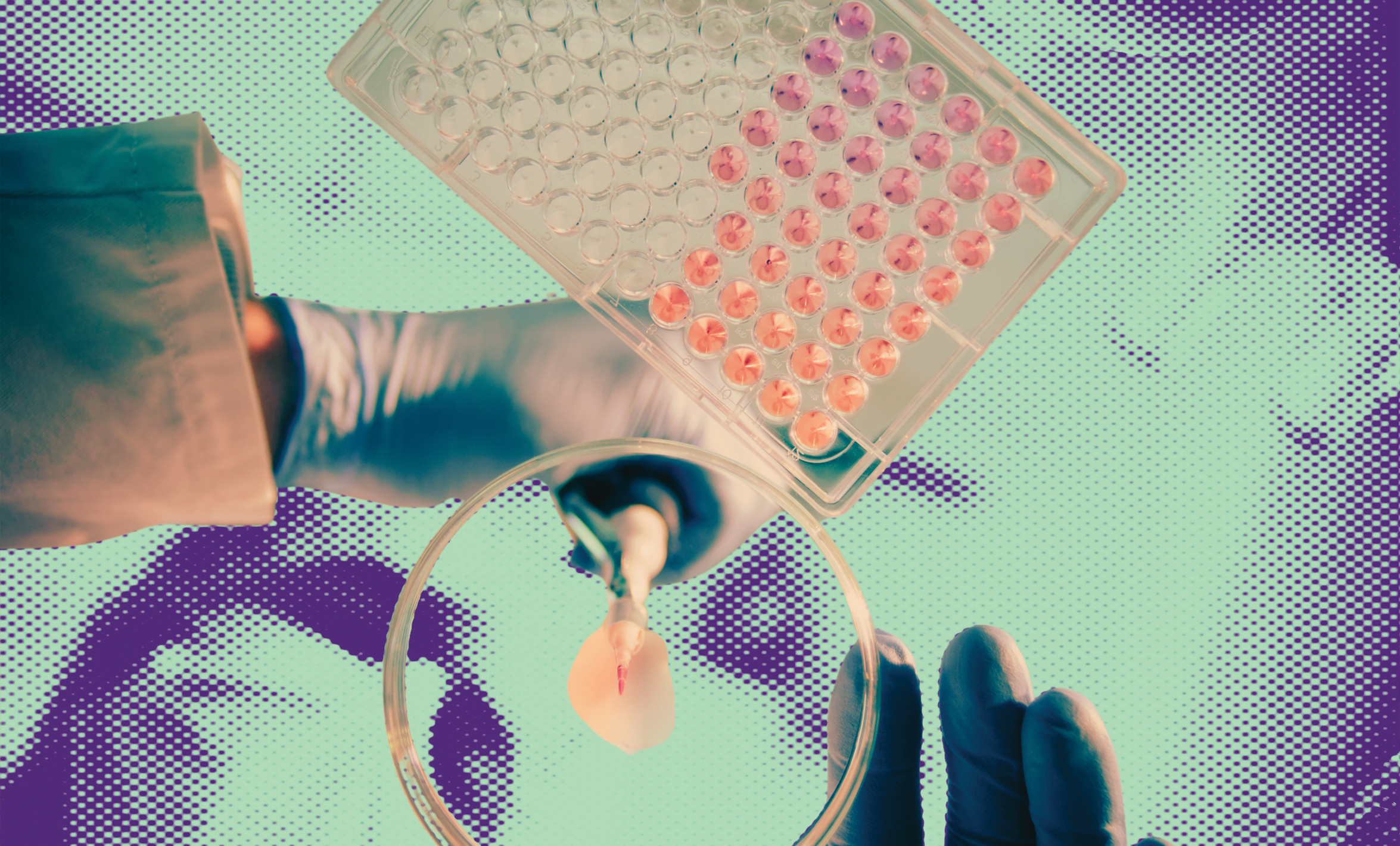
My Future in a Petri Dish
When I was about 13, my school in Lesotho had just been given some microscopes. Our teacher sent us into the field to fill Petri dishes with mud, dried grass, and water. We watched them under a microscope and documented what organisms appeared. We kept a running lab notebook and drew them. I was very diligent. I looked at them every day. On the weekends, I would make my older sister drive me into school so I could check on my culture. She hated it because it smelled bad. To this day, she’ll be like, “Oh, what festering hay cultures are you working on now?”
The one thing I remember seeing that excited me so much was a tiny organism with a nucleus and flagellum. It wasn’t there for the first three days, and then it appeared. It was a good experiment in critical thinking—these things are not just magically appearing there, so where did they come from?
It’s the same basic principles I apply to understanding what makes a tumor cell become a tumor cell, what makes a tumor cell metastasize, what’s happening in its environment that’s driving that.
I want to understand disease from a basic science level. And I think that stemmed from my love of what was happening in that silly little festering hay culture.
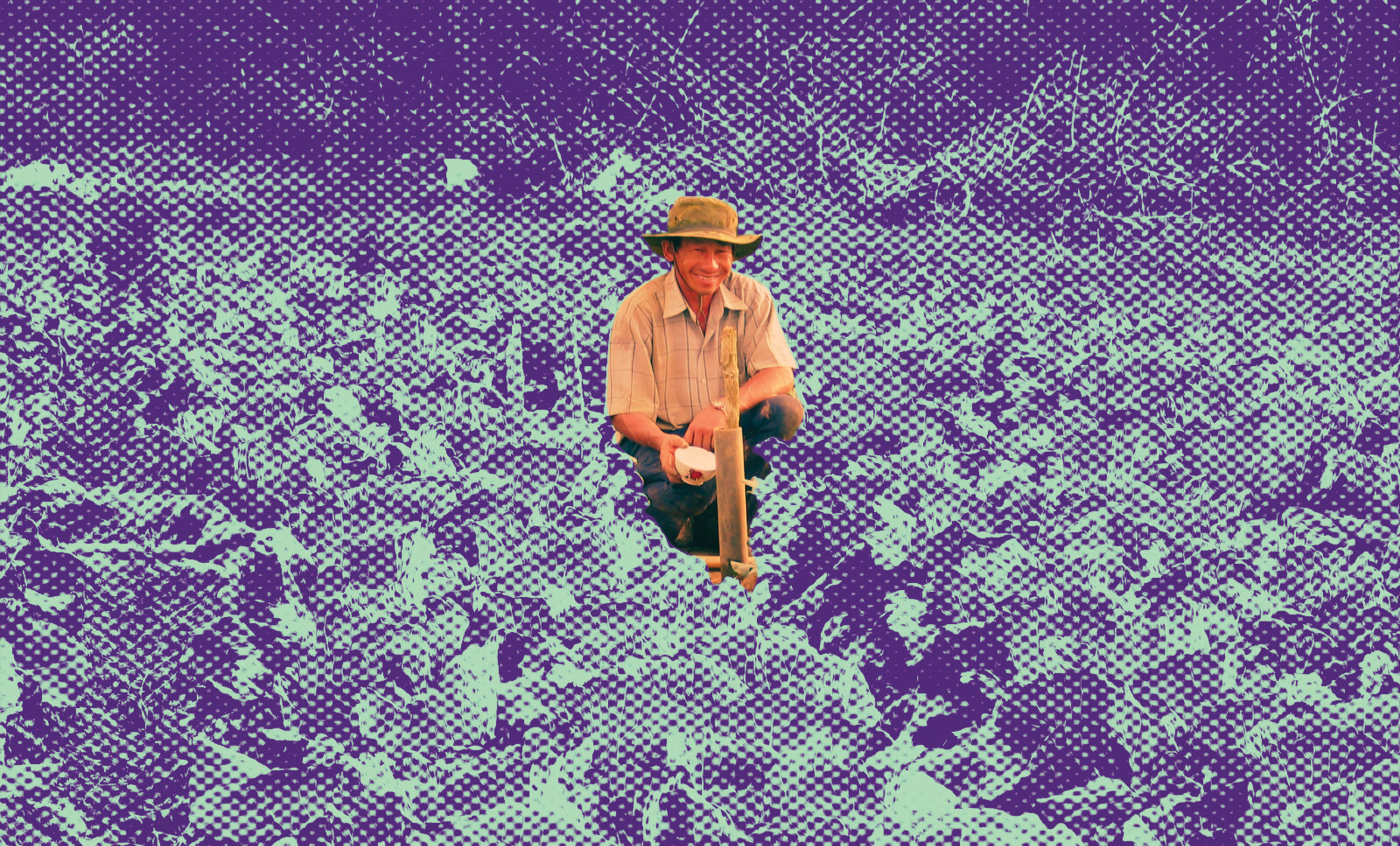
Justice Is in My Bones
I learned the stories as a kid—how my great-grandfather, Owen Whitfield, would bring strangers home, give them a bath, a hot meal, and a clean bed. He and my great-grandmother Zella treated each guest like royalty in their Missouri home, no matter how tired they were after working the fields, organizing their community, and tending to their 13 children.
Owen believed in helping people help themselves. In 1939, he led a roadside protest in Missouri to fight for the rights of Black and white sharecroppers. That demonstration was one of the first interracial protests against economic injustice. Long before the Civil Rights Movement, Owen stood tall in muddy fields, demanding fairness and dignity.
That legacy is in my bones.
It led me to my work in Hawai‘i—thousands of miles away, but rooted in the same values of justice, equity, and care for community.
I work to support the restoration of Indigenous food systems and promote health equity across the islands. We’re reconnecting people with traditional, nourishing crops like ‘ulu (breadfruit), kalo (taro), and ‘uala (sweet potato)—foods that sustained Native Hawaiians and Pacific Islanders (NHPI) for generations before colonial agriculture and imperialism stripped the land and diverted the water.
Food is medicine. That’s why we invest in local food aggregators and community-based organizations that support NHPI and immigrant food producers. We’re building a Food is Medicine marketplace to make culturally relevant, nutrient-dense food accessible to all.
This work is personal. It’s ancestral. It’s a continuation of Owen and Zella’s vision—from cotton fields to kalo patches.
We carry their fire forward. Because justice doesn’t retire. And legacy isn’t something you inherit. It’s something you live.
